Top speed 232 km/h Length 9.652 m Manufacturer de Havilland | Wingspan 13 m Introduced 1936 | |
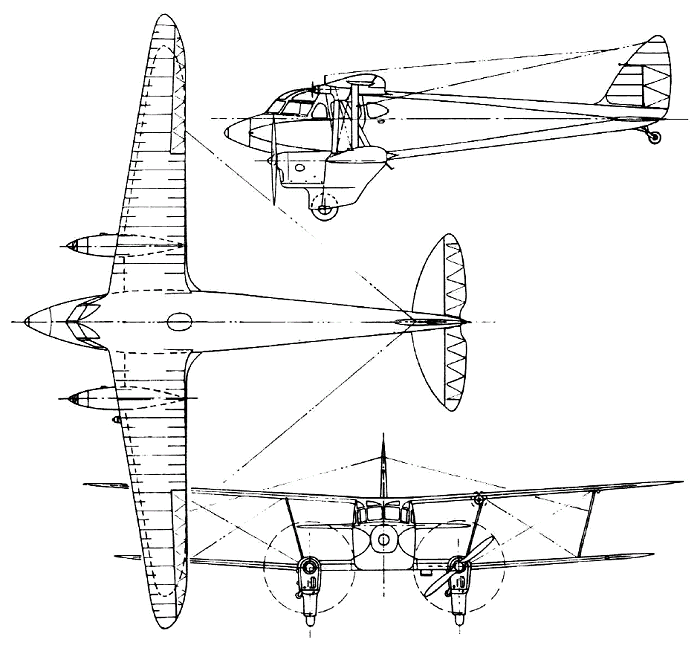 | ||
The de Havilland DH.90 Dragonfly was a 1930s British twin-engined luxury touring biplane built by the de Havilland Aircraft Company at Hatfield Aerodrome.
Contents
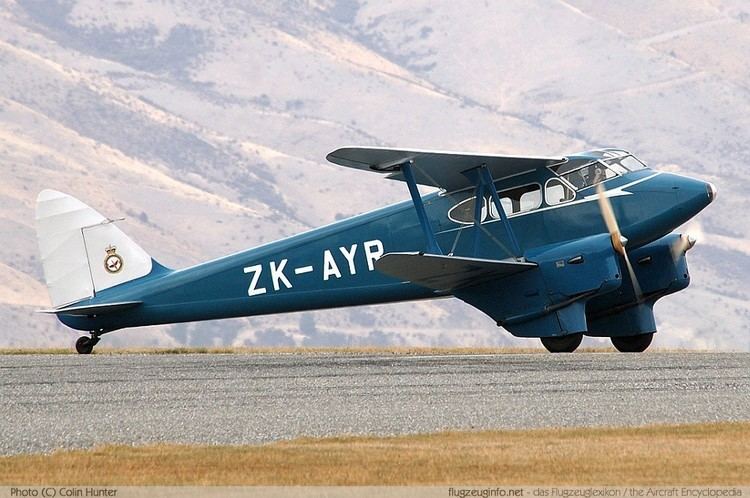
Development
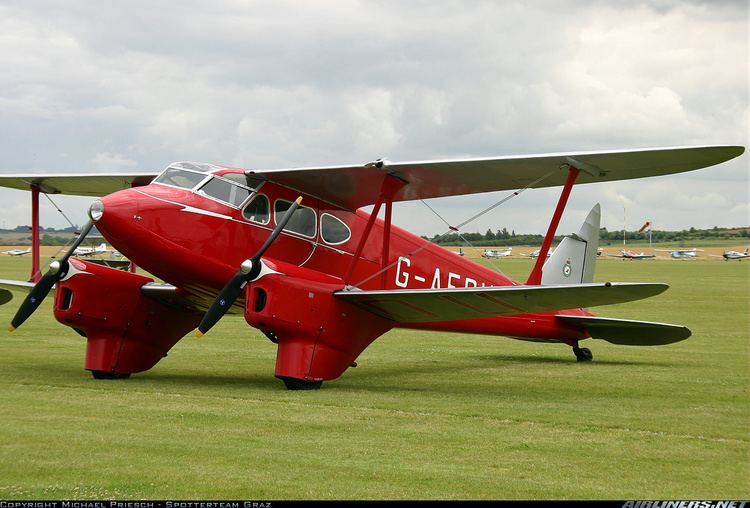
The Dragonfly shared a clear family resemblance with the Dragon Rapide, but was smaller and had higher aspect ratio, slightly sweptback wings. The lower wing had a shorter span than the upper, unlike the DH.89, and the top of the engine nacelles protruded much less above its surface because the fuel tank had been moved to the lower centre section. Structurally, too they were different: the Dragonfly had a new preformed plywood monocoque shell and strengthened fuselage. It was designed as a luxury touring aircraft for four passengers and a pilot, with provision for dual controls. The first aircraft, G-ADNA, first flew on 12 August 1935. The Dragonfly achieved maximum performance on low power, by using the new construction methods developed for the de Havilland Comet racer, and therefore was expensive to buy (£2,650). In modern terms, it was an executive transport, aimed at wealthy private individuals, often via the companies they owned.
Operational history
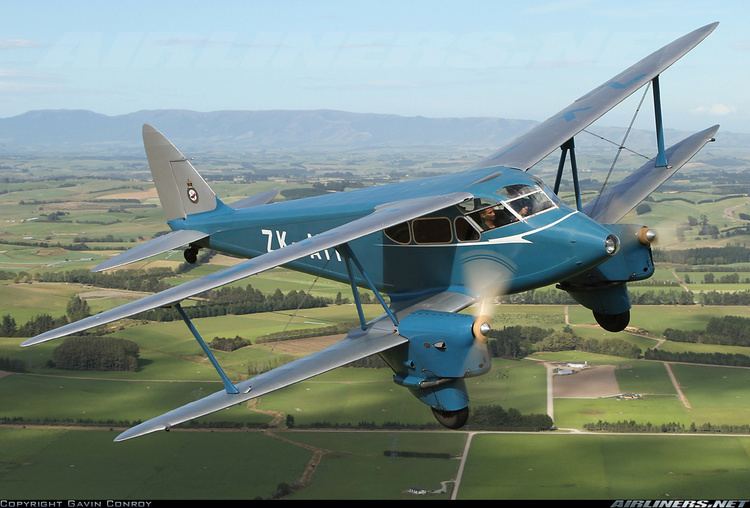
The first delivery was made in May 1936. Some 36 new-build Dragonflies went to private and company owners, about 15 to airlines/air taxis and three to clubs. Two each went to the Danish and Swedish air forces, and the Royal Canadian Mounted Police had four to combat rum-runners. Production ended in 1938.
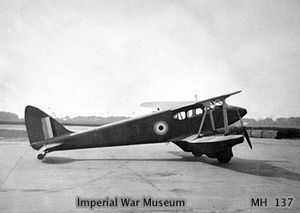
By 1939, several aircraft had moved from private to commercial use, like the fleet built up by Air Dispatch Ltd at Croydon Airport, headed by The Hon Mrs Victor Bruce. Amongst her seven examples were also some ex-airline machines. They were used as air taxis between the various London airports, and also as Army Cooperation night flying trainers. Western Airways of Weston-super-Mare Airport used its Dragonfly on a scheduled service via Birmingham to Manchester.
Seven airframes were shipped to Canada, and erected by de Havilland Canada, where they served a variety of small commercial operators, the R.C.M.P. and two with the R.C.A.F. At least one, CF-BFF, was fitted with Edo floats, and used commercially.
In about 1937, three Dragonflies were bought by the Romanian government for crew training, appearing on their civil register.
At the start of World War II, about 23 Dragonflies were impressed into the R.A.F and Commonwealth air forces, some six surviving to 1945. Overall, there were about thirteen flying in that year.
Silver City Airways operated a Dragonfly G-AEWZ as an executive transport from 1950 until 1960. By around 1970, only the two survivors noted below were active.
The fuel tanks in the Dragonfly were in the thickened lower centre-section, not immediately behind the engines as in the Dragon Rapide. As a result, only one aircraft was lost to fire. A common cause of loss was the frequent development of a vicious ground loop either on takeoff or landing, resulting in undercarriage writeoff and spar damage.
Variants
Surviving aircraft
Two flyable aircraft survive:
Former operators
Specifications
Data from
General characteristics
Performance
